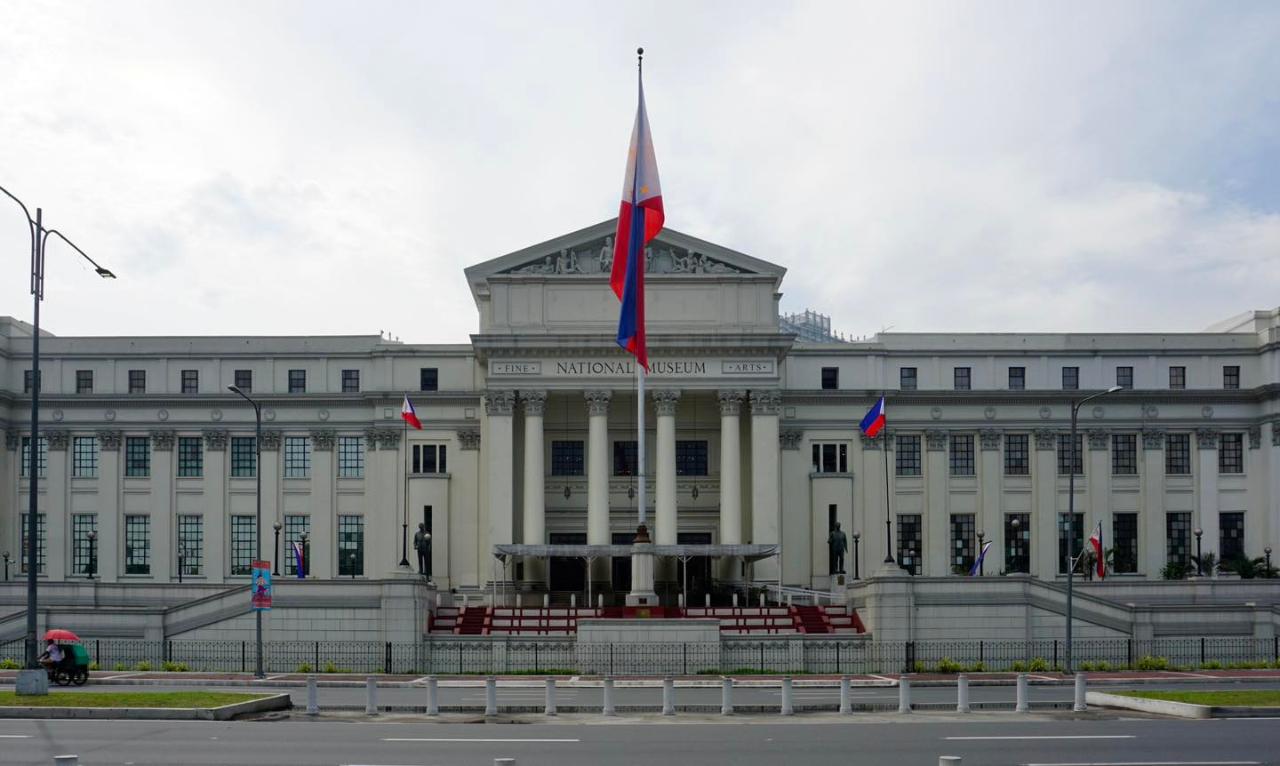National Museum of the Philippines backs the Smithsonian's effort to return Filipino human remains

The National Museum of the Philippines (NMP) has backed the initiative of the Smithsonian National Museum of Natural History (NMNH) to bring the remains of Filipinos back to the country.
NMP released a statement to The Washington Post after they published an investigative report highlighting the work of anthropologist Ales Hrdlicka, who ran the Smithsonian’s division of physical anthropology for about 40 years and accumulated a collection of body parts.
Hrdlicka had a “racial brain collection” and “racial collection of pelvises,” which he used to study and compare races. He ranked people by race and believed that white people were superior.
His theories about the anatomical differences between races have now been debunked.
One of the people that Hrdlicka studied was a Suyoc Igorot named Maura, who was supposed to be displayed at the human zoo at the 1904 World’s Fair in Missouri but died a few days before the event. Hrdlicka took and studied Maura’s cerebellum, along with the brain of an Igorot from Bontoc. The fair featured Filipinos who were members of various Philippine indigenous groups.
His collection grew to at least 268 brains, 27 of which are from Filipinos. The report said that four of the brains were willingly given by the donors or their families, whereas the “others appeared to be taken without consent.”
This, along with Janna Añonuevo Langholz’s — Filipino-American activist and artist from St. Louis — research about Maura, were featured in an illustrated report by The Washington Post.
An "outraged" Janna began discussions with the Smithsonian, and learned that the cerebellum was likely cremated sometime between 1908 and the 1950s.
“Janna is seeking resolution for the three other brains taken from Filipinos during the 1904 World’s Fair,” the report said. “As of August 2023, the Smithsonian has repatriated a total of four brains from what Hrdlicka called his ‘racial brain collection.’ The other 255 brains remain in museum storage."
Due to these reasons, the NMP is working towards bringing these body parts home.
NMP said that, “In some if not all cases, there is no evidence of consent being given for the collection and scientific use of the remains.”
“The remains were collected by the Smithsonian NMNH for purposes of research in biological anthropology, in line with practices that at the time were considered acceptable though not uncontroversial,” they added.
The NMP also said that most, if not all, museums have discontinued the collections of human remains. There is also a continued effort of institutions “to try to correct or remedy actions of the past that are today regarded as objectionable or worse.”
“In adherence with today's standards of ethical museum practice, the NMP accepts and supports this effort of the Smithsonian NMNH to do the right thing and facilitate the return of Filipino remains home as a way of rectifying this unfortunate situation.”
The NMP has also extended the necessary assistance in repatriating and safekeeping the Filipino remains, and has been coordinating with the Department of Foreign Affairs and the National Commission for Culture and the Arts.
“In all cases, the ultimate objective is to turn over the remains to the rightful lineal descendant family or community for proper appropriate action."
Following the @washingtonpost's report, the @smithsonian is coordinating with Philippine authorities @natmuseumph @DFAPHL @NCCAOfficial to repatriate the Filipino remains in its racial brains collection.
— Regine Cabato (@RegineCabato) August 15, 2023
Read @ndungca and @clurhealy's investigation here: https://t.co/7ttsnJrYaB pic.twitter.com/QNvymYWbj3
—JCB, GMA Integrated News



